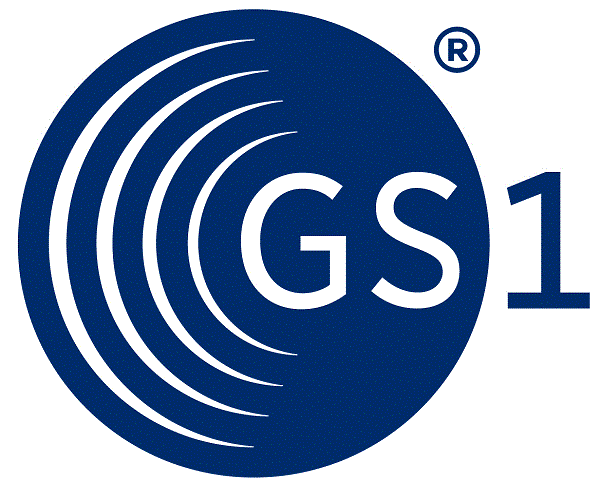|
 |
| 1. Introduction |
Status
| MESSAGE TYPE | : IFTMIN |
| REFERENCE DIRECTORY | : D.01B |
| EANCOM® SUBSET VERSION | : 004 |
Definition
A message from the party issuing an instruction regarding forwarding/transport services for a consignment under conditions agreed, to the party arranging the forwarding and/or transport services.
Principles
This message should not be used to instruct the despatch of products. The 'Instruction To Despatch (INSDES)' message should be used for this purpose.
The instruction results in a transport contract for one consignment and is primarily meant for administrative purposes. It will be the message from shipper to carrier or forwarder containing the final details of the consignment for which services are provided. The instruction message is the one and only message which results in the actual contract which can either be a document or an electronic contract.
If only one message will suffice in an exchange between a shipper and a carrier/forwarder to convey the information related to one consignment then the instruction message should be the one as this message is the only message for a single consignment message that results in a contract.
In addition to the main principles detailed above, a number of general principles also apply;
- A consignment may contain several goods items.
- A consignment is identified by a consignors reference number (code CU) in the RFF segment.
- Goods items may or may not be containerised.
- Goods items may be transported in one or more containers, and a single container may contain one or more goods items.
- One goods item may be related to one or more customs tariff codes.
- Goods items related to one customs tariff code may be carried in one or more containers.
- Goods items may reflect either the contractual or operational description of the goods.
- The instruction always relates to one consignee but may be for several different delivery locations.
- One transport instruction message should always equal one consignment.
- Pre-carriage (advanced haulage) and/or on-carriage (destination haulage) of goods items or equipment within one booking or instruction may take place in different steps, each step specified with its own transport details group.
- Transport devices, which have the ability of powered movement on their own, are specified in the transport details group. Other load or transport devices are specified as equipment.
- Packaging for goods items can be expressed at up to five levels.
- A goods item consists of one or more despatch units that adhere to the same package type and goods description.
- A despatch unit is the unit of cargo that will be handled and to which an SSCC can be affixed.
A number of generic transport terms are used in this specification, to be described as:
CONSIGNEE
the organisation (party) which has the intention to receive the goods.
CONSIGNOR
the party ordering transport, orders a carrier to collect goods for transportation.
CONSIGNMENT
a collection of goods items to be transported from one or many despatch locations to
one or many delivery locations. (synonym: shipment).
CARRIER
the party contracted by the consignor or forwarder to transport goods.
DESPATCH LOCATION
the physical location from which goods for transport are shipped.
DELIVERY LOCATION
the physical location to which goods for transport are finally delivered.
EQUIPMENT
material resources necessary to facilitate the transport and handling of cargo.
Transport equipment does under the given circumstances not have the ability to move by its
own propulsion (e.g. sea container, trailer, unit load device, pallet).
FORWARDER
the party contracted by the consignor to arrange to have the goods transported.
GOODS ITEM
a collection of products normally grouped together for transport purposes, e.g. 12
pallets of foodstuffs.
LINE ITEM
a specific product identified and defined for trade purposes, e.g. a case of flour
containing 24 packets of 250 grams.
MODE OF TRANSPORT
the method of transport used for the conveyance of goods or persons, e.g. by rail, by
road, by sea.
MEANS OF TRANSPORT
the vehicle used for the transport of goods or persons, e.g. aircraft, truck, vessel.
PLACE OF ACCEPTANCE
the place at which the responsibility of the carrier starts.
PLACE OF DELIVERY
the place at which the responsibility of the carrier ends.
TYPE OF MEANS OF TRANSPORT
the type of vehicle used in the transport process, e.g. wide body, tank truck,
passenger vessel.
TYPE OF EQUIPMENT
the type of material used, e.g. 40 feet container, four way pallet, mafi trailer.
|